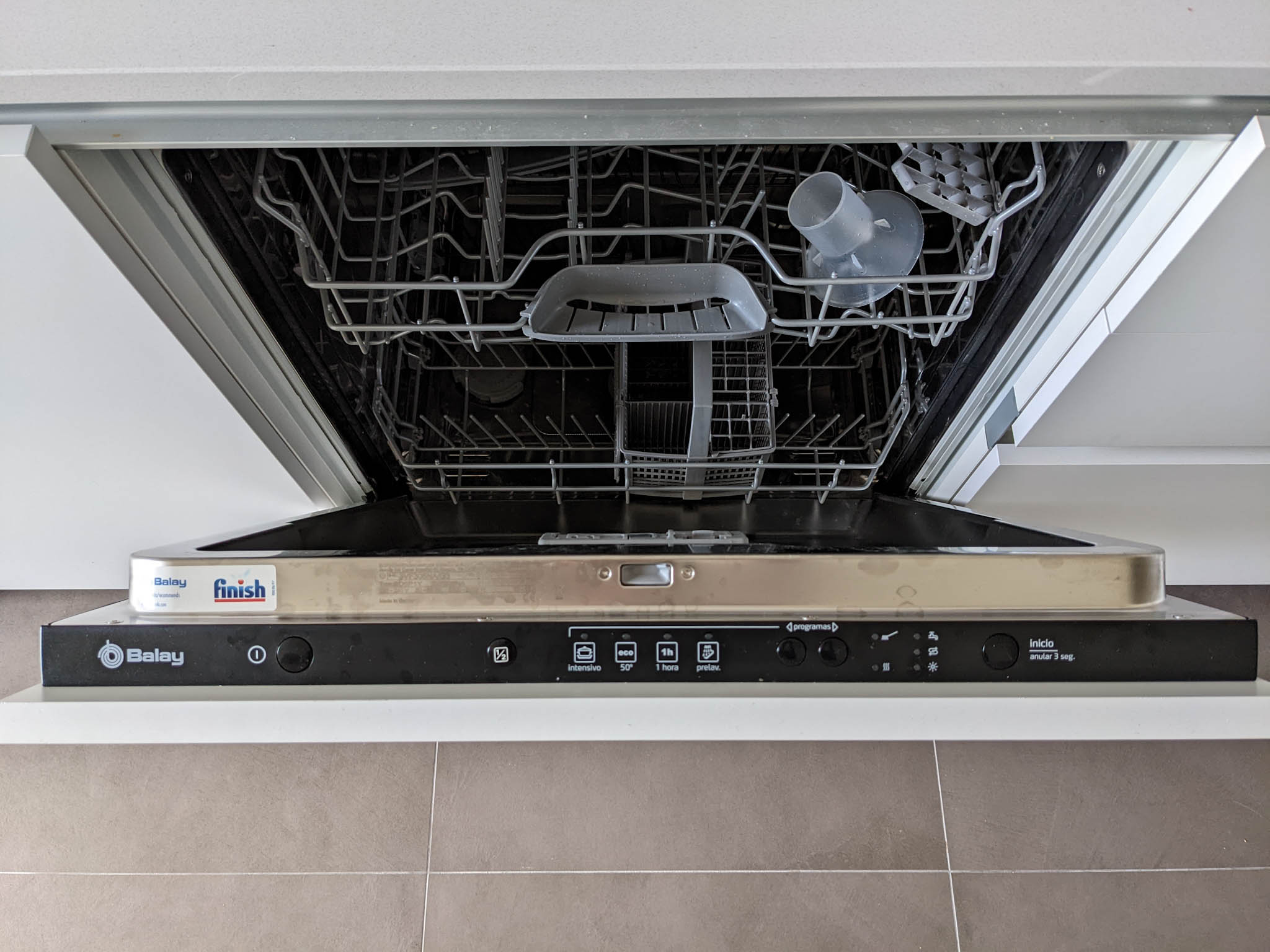

Articles
Dishwasher Making Noise When Water Circulates
Modified: August 21, 2024
Is your dishwasher making noise when water circulates? Read our helpful articles to find out what could be causing the issue and how to fix it.
(Many of the links in this article redirect to a specific reviewed product. Your purchase of these products through affiliate links helps to generate commission for Storables.com, at no extra cost. Learn more)
Introduction
A dishwasher is a valuable appliance that makes our lives easier by automating the task of washing dishes. However, it can be frustrating when your dishwasher starts making noise during its operation. One common issue that homeowners face is noise when water circulates inside the dishwasher.
This article will explore the possible causes of this noise and provide solutions to fix the problem. Understanding what might be causing the noise can help you identify the issue and take appropriate steps to resolve it.
So, let’s dive into the possible causes of a dishwasher making noise when water circulates and find out how to fix it!
Key Takeaways:
- Don’t let a noisy dishwasher disrupt your kitchen peace. Learn to identify and address common causes of dishwasher noise, ensuring a quiet and efficient appliance that keeps your dishes clean without the racket.
- From loose pumps to faulty valves, tackle dishwasher noise with confidence. Follow step-by-step solutions to address specific causes and restore a peaceful kitchen ambiance with a smoothly operating dishwasher.
Possible Causes
There are several potential reasons why your dishwasher might make noise when water circulates. Here are some common causes to consider:
- Loose or Misaligned Pump: The pump in your dishwasher is responsible for circulating water throughout the appliance. If the pump is loose or misaligned, it can cause vibration and noise during operation.
- Worn Out Wash Arm or Spray Arm Bearing: The wash arm and spray arm are essential components that distribute water during the washing cycle. Over time, these arms can wear out or develop faulty bearings, resulting in noise when water is being circulated.
- Faulty Water Inlet Valve: The water inlet valve controls the flow of water into the dishwasher. If the valve is faulty, it may not open or close properly, causing loud noises as water tries to enter or exit the appliance.
- Clogged or Damaged Drain Pump: The drain pump is responsible for removing dirty water from the dishwasher. If it becomes clogged with debris or damaged, it can create unusual noises as it tries to pump out the water.
- Malfunctioning Water Pump Motor: The water pump motor is the powerhouse of the dishwasher, driving the circulation of water. If the motor is malfunctioning or damaged, it can produce loud sounds during operation.
These are the main causes to consider when your dishwasher is making noise while water circulates. Identifying the specific cause in your situation will help determine the most effective solution.
Loose or Misaligned Pump
One potential cause of noise when water circulates in your dishwasher is a loose or misaligned pump. The pump plays a crucial role in circulating water throughout the appliance, and if it is not properly secured, it can lead to vibration and noise during operation.
To fix this issue, you will need to tighten or realign the pump. Here’s how you can do it:
- Start by disconnecting the power supply to the dishwasher to ensure your safety.
- Locate the pump, which is typically located at the bottom of the dishwasher.
- Check for any loose screws or bolts that may be causing the pump to move or vibrate. Use a wrench or screwdriver to tighten them.
- Inspect the pump for any misalignment. If you notice that the pump is not properly aligned with the motor or other parts, gently adjust it to the correct position.
- Once you have tightened or realigned the pump, reconnect the power supply and run a test cycle to check if the noise has been resolved.
If the noise persists or you are unsure about how to tighten or realign the pump, it is recommended to seek assistance from a professional technician who specializes in dishwasher repairs. They will have the expertise and tools to properly address the issue and ensure the pump is secure and functioning correctly.
By addressing a loose or misaligned pump, you can eliminate the noise and restore the smooth and quiet operation of your dishwasher.
Worn Out Wash Arm or Spray Arm Bearing
Another possible cause of noise when water circulates in your dishwasher is a worn-out wash arm or spray arm bearing. The wash arm and spray arm play a vital role in distributing water during the wash cycle, and if the bearings in these arms are worn out, they can cause noise during operation.
To resolve this issue, you may need to replace the wash arm or spray arm bearing. Here’s a step-by-step guide:
- Start by disconnecting the power supply to the dishwasher for safety purposes.
- Locate the wash arm and spray arm inside the dishwasher. They are typically located at the bottom or middle of the appliance.
- Inspect the arms for any signs of wear or damage. Look for loose or broken parts, as well as any signs of rust or debris that may be causing the noise.
- If the wash arm or spray arm bearing is easily accessible, remove them by unscrewing or unlatching them from the dishwasher.
- Replace the worn-out bearing with a new one. Make sure to use the correct size and type of bearing for your specific dishwasher model.
- Reinstall the new wash arm or spray arm bearing and secure it properly.
- Once everything is in place, reconnect the power supply and run a test cycle to check if the noise has been eliminated.
If you’re unsure about how to replace the wash arm or spray arm bearing or if the noise persists despite replacing the bearing, it is recommended to consult a professional technician who specializes in dishwasher repairs. They will have the necessary expertise and tools to diagnose the issue accurately and provide the appropriate solution.
By replacing the worn-out wash arm or spray arm bearing, you can eliminate the noise and ensure that water circulates smoothly and quietly throughout your dishwasher.
Faulty Water Inlet Valve
A faulty water inlet valve can also be a reason for the noise when water circulates in your dishwasher. The water inlet valve controls the flow of water into the appliance, and if it is not functioning properly, it can lead to loud noises during operation.
To address this issue, you may need to repair or replace the water inlet valve. Here are the steps to take:
- Begin by disconnecting the power supply to the dishwasher to ensure your safety.
- Locate the water inlet valve, which is usually situated at the bottom of the dishwasher near the water supply line.
- Inspect the valve for any visible signs of damage, such as cracks or leaks. You can also test the valve by turning on the dishwasher and observing if water flows smoothly or if there are any unusual noises.
- If you detect any issues with the water inlet valve, you have two options: repair or replace. If the valve can be repaired, follow the manufacturer’s instructions or consult a professional technician who can assist you in fixing it. Otherwise, you will need to replace the valve with a new one that is compatible with your dishwasher model.
- Once you have repaired or replaced the water inlet valve, reconnect the power supply and run a test cycle to check if the noise has been resolved.
If the noise persists or you are uncertain about repairing or replacing the water inlet valve, it is best to seek assistance from a professional dishwasher repair technician. They will have the expertise and knowledge to accurately diagnose the issue and provide the appropriate solution.
By addressing a faulty water inlet valve, you can eliminate the noise and ensure a smooth and quiet operation in your dishwasher.
Read more: Does Water Pump Make Noise When Going Bad
Clogged or Damaged Drain Pump
If your dishwasher is making noise when water circulates, a possible cause could be a clogged or damaged drain pump. The drain pump is responsible for removing dirty water from the dishwasher, and any blockages or damage can result in unusual noises during operation.
To address this issue, you will need to clean or replace the drain pump. Here’s what you can do:
- Start by disconnecting the power supply to the dishwasher.
- Locate the drain pump, which is typically located at the bottom of the dishwasher. It may be covered by a protective panel.
- Inspect the pump for any visible signs of debris or clogs. Remove any foreign objects that may be obstructing the pump’s operation.
- If the pump appears to be damaged or if cleaning does not resolve the issue, you may need to replace the drain pump entirely. Consult the dishwasher’s manual or seek professional assistance to ensure you select the correct replacement pump for your specific model.
- Install the new drain pump and secure it properly to ensure it operates smoothly.
- Once the drain pump is cleaned or replaced, reconnect the power supply and run a test cycle to check if the noise has been eliminated.
If you’re unsure about how to clean or replace the drain pump or if the noise persists despite cleaning or replacement, it is recommended to consult a professional technician who specializes in dishwasher repairs. They will have the expertise and tools to diagnose the issue accurately and provide the appropriate solution.
By addressing a clogged or damaged drain pump, you can ensure proper water drainage and eliminate the noise during water circulation in your dishwasher.
Malfunctioning Water Pump Motor
If your dishwasher is making noise when water circulates, one possible cause could be a malfunctioning water pump motor. The water pump motor is responsible for driving the circulation of water throughout the dishwasher, and if it is not functioning correctly, it can result in loud sounds during operation.
To address this issue, you may need to repair or replace the water pump motor. Here are the steps to take:
- Disconnect the power supply to the dishwasher to ensure your safety.
- Locate the water pump motor, which is typically situated at the bottom of the dishwasher.
- Inspect the motor for any visible signs of damage or wear. Check for loose or broken connections, burnt-out components, or any other abnormalities.
- If you notice any issues with the water pump motor, you have two options: repair or replace. Repairing the motor may involve fixing or replacing specific faulty components, such as capacitors or bearings. Consult the dishwasher’s manual or seek professional assistance to accurately diagnose and repair the motor.
- If repairing the motor is not feasible, or if the motor is severely damaged, you will need to replace it with a new one that matches your dishwasher model. Ensure you follow the manufacturer’s instructions or seek professional assistance to properly install the new motor.
- Once the motor has been repaired or replaced, reconnect the power supply and run a test cycle to check if the noise issue has been resolved.
If you are unsure about repairing or replacing the water pump motor, it is recommended to consult a professional dishwasher repair technician. They will have the knowledge and expertise to accurately diagnose and fix the issue, ensuring the proper functionality of the motor and eliminating the noise problem.
By addressing a malfunctioning water pump motor, you can restore the smooth and quiet operation of your dishwasher during water circulation.
How to Fix the Noise Issue
Experiencing noise when water circulates in your dishwasher can be bothersome, but the good news is that there are steps you can take to address and resolve the issue. Here are some methods to consider:
Tightening or Realignment of the Pump:
If the noise is caused by a loose or misaligned pump, you can tighten the screws or bolts that hold the pump in place. Additionally, check for any misalignment and gently adjust the pump to the correct position.
Read more: Washer Makes Noise When Agitating
Replacement of Wash Arm or Spray Arm Bearing:
If the wash arm or spray arm bearings are worn out, consider replacing them with new ones. Inspect the arms for signs of wear, loose or broken parts, or rust. Remove the old bearings and install the new ones to ensure smooth water distribution.
Repair or Replacement of Water Inlet Valve:
If the water inlet valve is faulty, it may need to be either repaired or replaced. Inspect the valve for any visible damage, such as cracks or leaks. If necessary, follow the manufacturer’s instructions or seek professional assistance to repair or replace the valve.
Cleaning or Replacement of Drain Pump:
A clogged or damaged drain pump can cause noise during operation. Clean the pump by removing any debris or foreign objects. If cleaning doesn’t resolve the issue, consider replacing the pump with a new one that matches your dishwasher model.
Repair or Replacement of Water Pump Motor:
If the water pump motor is malfunctioning, it may require repair or replacement. Inspect the motor for visible signs of damage or wear, and consult the dishwasher’s manual or a professional technician to diagnose and fix the motor-related issues.
It’s important to note that while these steps can help resolve noise issues in your dishwasher, if you’re unsure or uncomfortable with performing the repairs yourself, it is advisable to seek assistance from a professional technician. They have the expertise and knowledge to accurately diagnose and fix the problem.
By addressing the specific cause of the noise issue, whether it’s a loose pump, worn-out bearings, a faulty valve, a clogged drain pump, or a malfunctioning motor, you can restore the smooth and quiet operation of your dishwasher during water circulation.
Read more: Car Making Noise When AC Is On
Tightening or Realignment of the Pump
If your dishwasher is making noise when water circulates, one possible cause could be a loose or misaligned pump. The pump in your dishwasher plays a crucial role in circulating water throughout the appliance, and if it is not properly secured, it can lead to vibration and noise during operation.
To address this issue, you can try tightening or realigning the pump. Here’s how you can do it:
- First, ensure that the power supply to the dishwasher is disconnected. This will prevent any accidental start-ups and ensure your safety during the repair process.
- Locate the pump, which is typically located at the bottom of the dishwasher. You may need to remove the bottom rack or any other components to access it.
- Inspect the pump for any loose screws or bolts that may be causing it to move or vibrate. Use a wrench or screwdriver to tighten them snugly, but be careful not to overtighten as it may cause damage.
- If the pump appears to be misaligned, gently adjust it to the correct position. Ensure that it is aligned with the motor and other surrounding components. You may need to refer to the dishwasher’s manual for specific instructions on proper alignment.
- Once you have tightened or realigned the pump, reassemble any components you removed to access it.
- Reconnect the power supply to the dishwasher and run a test cycle to check if the noise has been resolved.
If the noise persists or you are unsure about the tightening or realignment process, it is recommended to consult a professional dishwasher repair technician. They will have the expertise and tools to identify and address the issue appropriately.
By tightening or realigning the pump, you can eliminate the noise and ensure that water circulates smoothly and quietly within your dishwasher.
Replacement of Wash Arm or Spray Arm Bearing
If your dishwasher is making noise when water circulates, worn-out wash arm or spray arm bearings could be the culprit. The wash arm and spray arm are essential components responsible for distributing water during the wash cycle. Over time, the bearings in these arms can wear out, leading to noise during operation.
To resolve this issue, you will need to replace the wash arm or spray arm bearing. Here’s how you can do it:
- Start by disconnecting the power supply to the dishwasher for safety purposes.
- Locate the wash arm and spray arm inside the dishwasher. These are usually located at the bottom or middle of the appliance and can easily be identified.
- Inspect the arms for any signs of wear, loose or broken parts, or rust. If the bearings are visibly damaged or worn out, replacement is necessary.
- To remove the wash arm or spray arm, unscrew or unlatch them from the dishwasher. Take note of the position of any washers or spacers that may be present.
- Obtain the correct replacement bearings for your specific dishwasher model. Refer to the dishwasher’s manual or consult a professional if you are unsure about the appropriate parts.
- Install the new bearings on the wash arm or spray arm according to the manufacturer’s instructions. Ensure that they are securely attached.
- Reassemble the wash arm or spray arm, making sure to position any washers or spacers correctly.
- Once everything is back in place, reconnect the power supply and run a test cycle to check if the noise has been eliminated.
If you’re unsure about the replacement process or if the noise persists despite replacing the bearings, it is recommended to consult a professional dishwasher repair technician. They will have the knowledge and expertise to accurately diagnose the issue and provide the appropriate solution.
By replacing the worn-out wash arm or spray arm bearing, you can ensure smooth water distribution and eliminate the noise during water circulation in your dishwasher.
Check for any debris or objects that may be obstructing the water circulation in the dishwasher. Clean the filter and spray arms to ensure smooth water flow and reduce noise.
Repair or Replacement of Water Inlet Valve
If your dishwasher is making noise when water circulates, a faulty water inlet valve could be the cause. The water inlet valve controls the flow of water into the dishwasher, and if it is not functioning properly, it can lead to loud noises during operation.
To address this issue, you may need to repair or replace the water inlet valve. Here are the steps to take:
- Start by disconnecting the power supply to the dishwasher to ensure your safety.
- Locate the water inlet valve, which is typically situated at the bottom of the dishwasher near the water supply line.
- Inspect the valve for any visible signs of damage, such as cracks or leaks. You can also test the valve by turning on the dishwasher and observing the water flow. If the water flow is inconsistent or if there are any unusual noises, the valve may need attention.
- Depending on the extent of the issue, you have two options: repair or replacement. If the valve is repairable, follow the manufacturer’s instructions or seek professional assistance to fix it. This may involve replacing faulty internal components or cleaning out debris that is causing the valve to malfunction. If the valve is severely damaged or beyond repair, it will need to be replaced with a new one that matches your dishwasher model.
- Properly install the repaired or new water inlet valve, ensuring that it is securely connected and properly sealed.
- Once the valve is repaired or replaced, reconnect the power supply and run a test cycle to check if the noise issue has been resolved.
If the noise persists or you are uncertain about tackling the repair or replacement process, it is recommended to consult a professional technician specializing in dishwasher repairs. They have the knowledge and expertise to accurately diagnose and address the issue, ensuring the proper functioning of the water inlet valve.
By repairing or replacing the faulty water inlet valve, you can restore the normal water flow and eliminate the noise during water circulation in your dishwasher.
Cleaning or Replacement of Drain Pump
If your dishwasher is making noise when water circulates, a clogged or damaged drain pump could be the culprit. The drain pump is responsible for removing dirty water from the dishwasher, and if it is clogged or damaged, it can result in unusual noises during operation.
To address this issue, you will need to clean or replace the drain pump. Here’s how you can do it:
- Start by disconnecting the power supply to the dishwasher for safety purposes.
- Locate the drain pump, which is typically situated at the bottom of the dishwasher. It may be covered by a protective panel.
- Inspect the pump for any visible signs of debris or clogs. Remove any foreign objects that may be obstructing the pump’s operation.
- If the pump appears to be clogged, clean it thoroughly. You can use a soft brush or cloth to remove any debris or build-up. Be careful not to damage any delicate components.
- After cleaning the pump, check the impeller blades for any damages or blockages. Ensure that they can rotate freely without any obstructions.
- If cleaning the pump does not resolve the issue, it may need to be replaced. Consult the dishwasher’s manual or seek professional assistance to ensure you select the correct replacement pump for your specific model.
- Install the new drain pump and secure it properly to ensure it operates smoothly.
- Once the drain pump is cleaned or replaced, reconnect the power supply and run a test cycle to check if the noise has been eliminated.
If you are unsure about cleaning or replacing the drain pump, or if the noise persists despite your efforts, it is recommended to consult a professional dishwasher repair technician. They will have the necessary expertise and tools to diagnose the issue accurately and provide the appropriate solution.
By addressing a clogged or damaged drain pump, you can ensure proper water drainage and eliminate the noise during water circulation in your dishwasher.
Read more: Washer Makes Noise When Spinning
Repair or Replacement of Water Pump Motor
If your dishwasher is making noise when water circulates, a malfunctioning water pump motor could be the cause. The water pump motor is responsible for driving the circulation of water throughout the dishwasher, and if it is not functioning correctly, it can result in loud sounds during operation.
To address this issue, you may need to repair or replace the water pump motor. Here are the steps to take:
- Disconnect the power supply to the dishwasher to ensure your safety.
- Locate the water pump motor, which is typically situated at the bottom of the dishwasher.
- Inspect the motor for any visible signs of damage or wear. Check for loose or broken connections, burnt-out components, or any other abnormalities.
- If you notice any issues with the water pump motor, you have two options: repair or replace. Repairing the motor may involve fixing or replacing specific faulty components, such as capacitors or bearings. Consult the dishwasher’s manual or seek professional assistance to accurately diagnose and repair the motor.
- If repairing the motor is not feasible, or if the motor is severely damaged, you will need to replace it with a new one that matches your dishwasher model. Ensure you follow the manufacturer’s instructions or seek professional assistance to properly install the new motor.
- Once the motor has been repaired or replaced, reconnect the power supply and run a test cycle to check if the noise issue has been resolved.
If the noise persists or you are uncertain about repairing or replacing the water pump motor, it is recommended to consult a professional dishwasher repair technician. They will have the knowledge and expertise to accurately diagnose and fix the issue, ensuring the proper functionality of the motor and eliminating the noise problem.
By addressing a malfunctioning water pump motor, you can restore the smooth and quiet operation of your dishwasher during water circulation.
Conclusion
Noise during water circulation in your dishwasher can be a frustrating issue, but by identifying the possible causes and taking appropriate action, you can resolve the problem and restore the smooth and quiet operation of your appliance.
Throughout this article, we explored various causes of dishwasher noise, including a loose or misaligned pump, worn-out wash arm or spray arm bearings, a faulty water inlet valve, a clogged or damaged drain pump, and a malfunctioning water pump motor.
To fix the noise issue, you can try tightening or realigning the pump, replacing the wash arm or spray arm bearings, repairing or replacing the water inlet valve, cleaning or replacing the drain pump, or repairing or replacing the water pump motor.
If you are unsure about how to perform these repairs or if the noise persists despite your efforts, it is advisable to seek assistance from a professional dishwasher repair technician. They have the expertise, knowledge, and tools to accurately diagnose the issue and provide the appropriate solution.
By addressing the specific cause of the noise issue in your dishwasher, you can enjoy a quiet and efficient appliance that cleans your dishes without any disruptions. Regular maintenance and proper care of your dishwasher will also help prevent such noise issues from occurring in the future.
In conclusion, don’t let a noisy dishwasher dampen your kitchen experience. With the guidance provided in this article, you are now equipped to tackle the noise issue and restore the peaceful ambiance in your kitchen while your dishwasher efficiently and quietly does its job.
Frequently Asked Questions about Dishwasher Making Noise When Water Circulates
Was this page helpful?
At Storables.com, we guarantee accurate and reliable information. Our content, validated by Expert Board Contributors, is crafted following stringent Editorial Policies. We're committed to providing you with well-researched, expert-backed insights for all your informational needs.

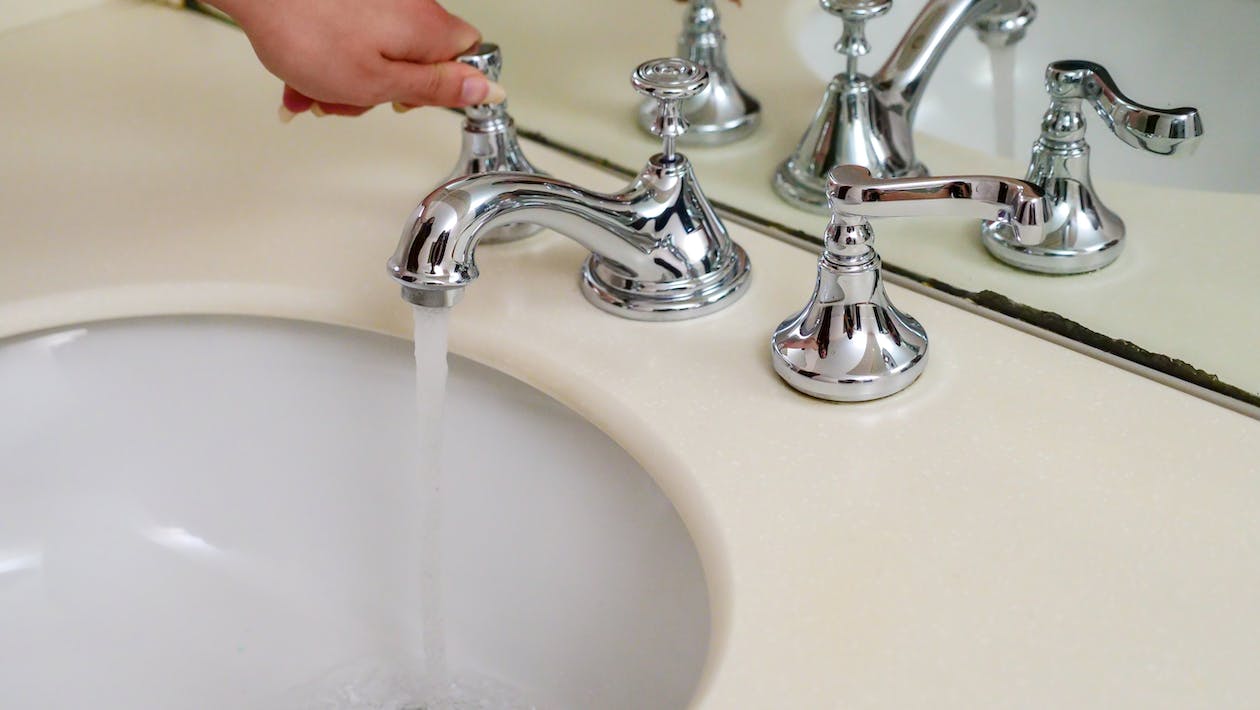
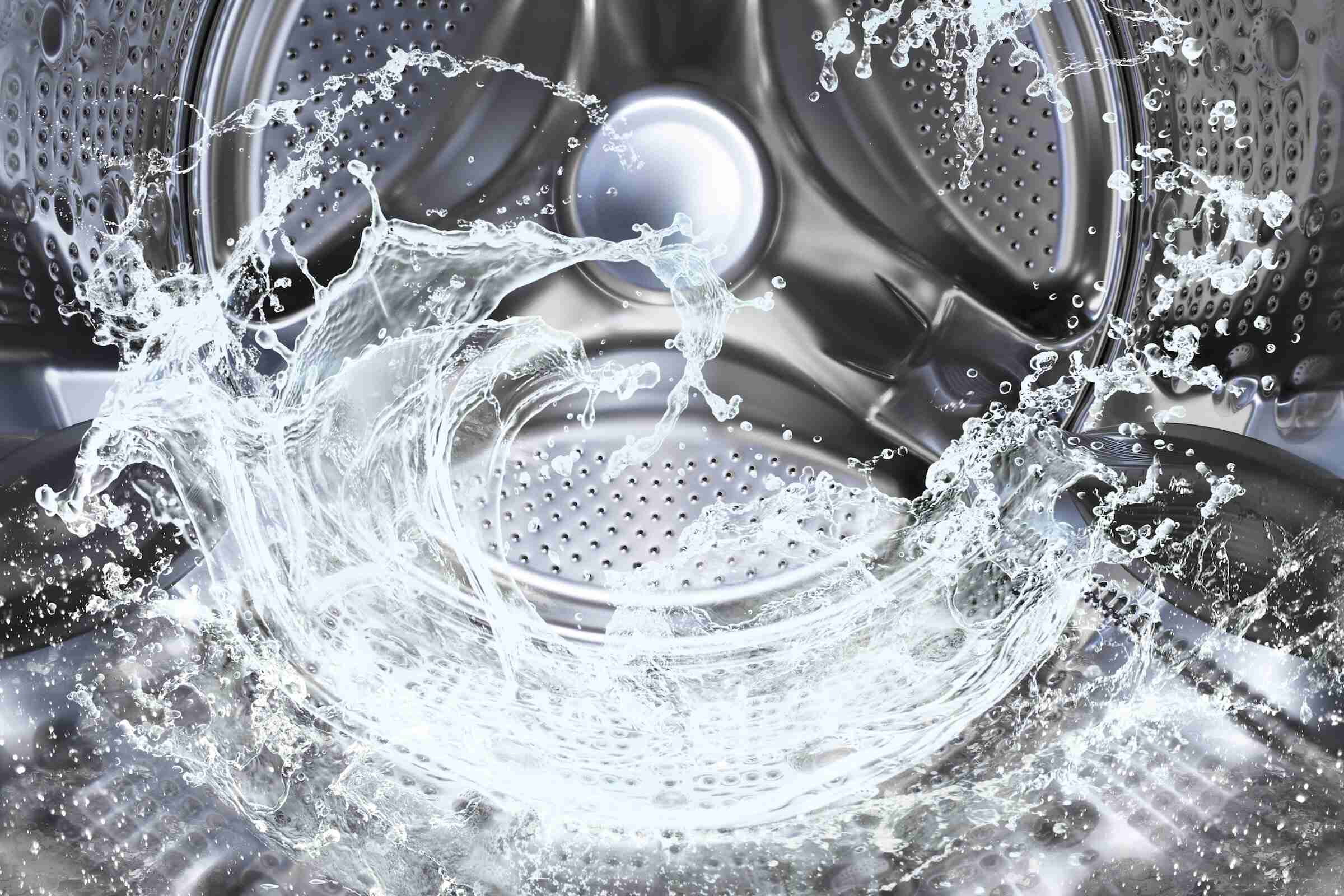
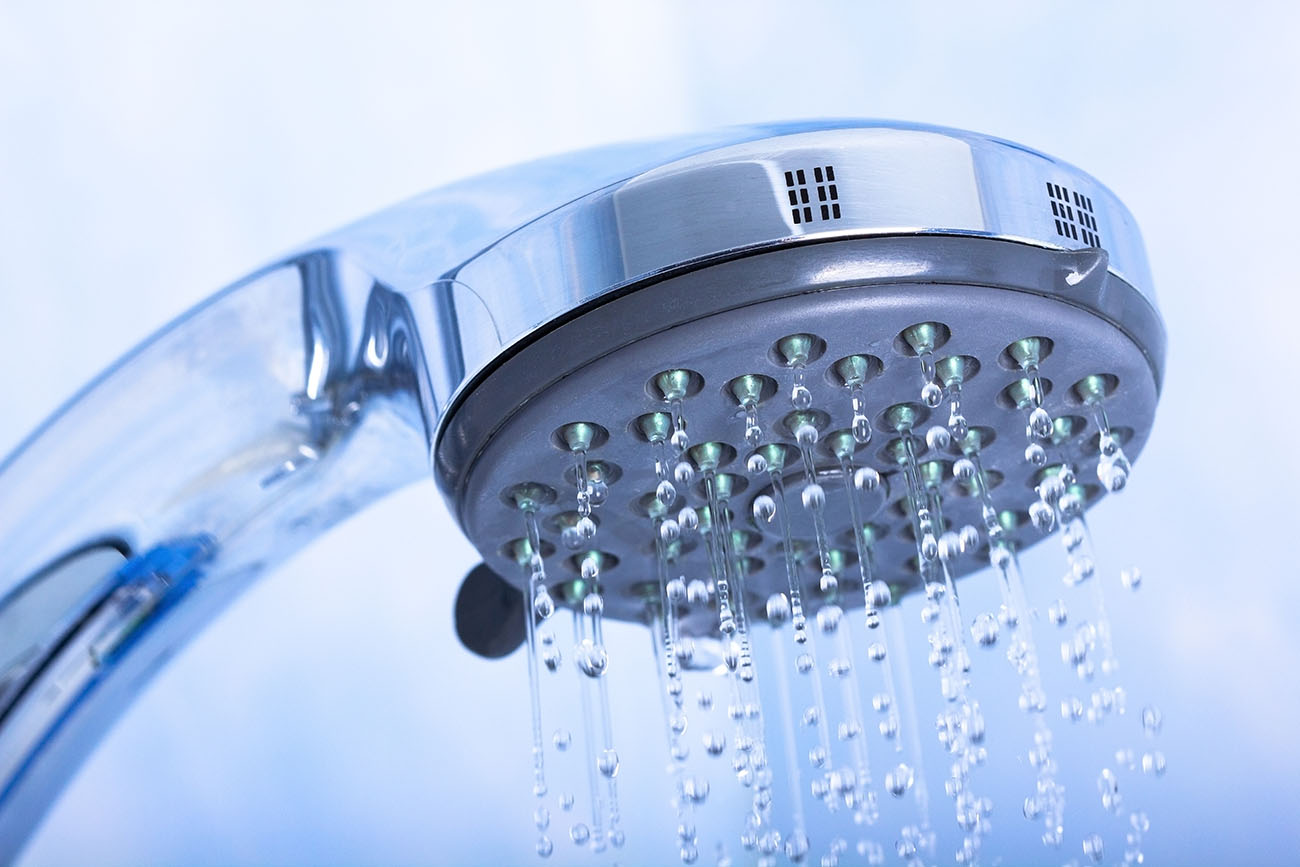
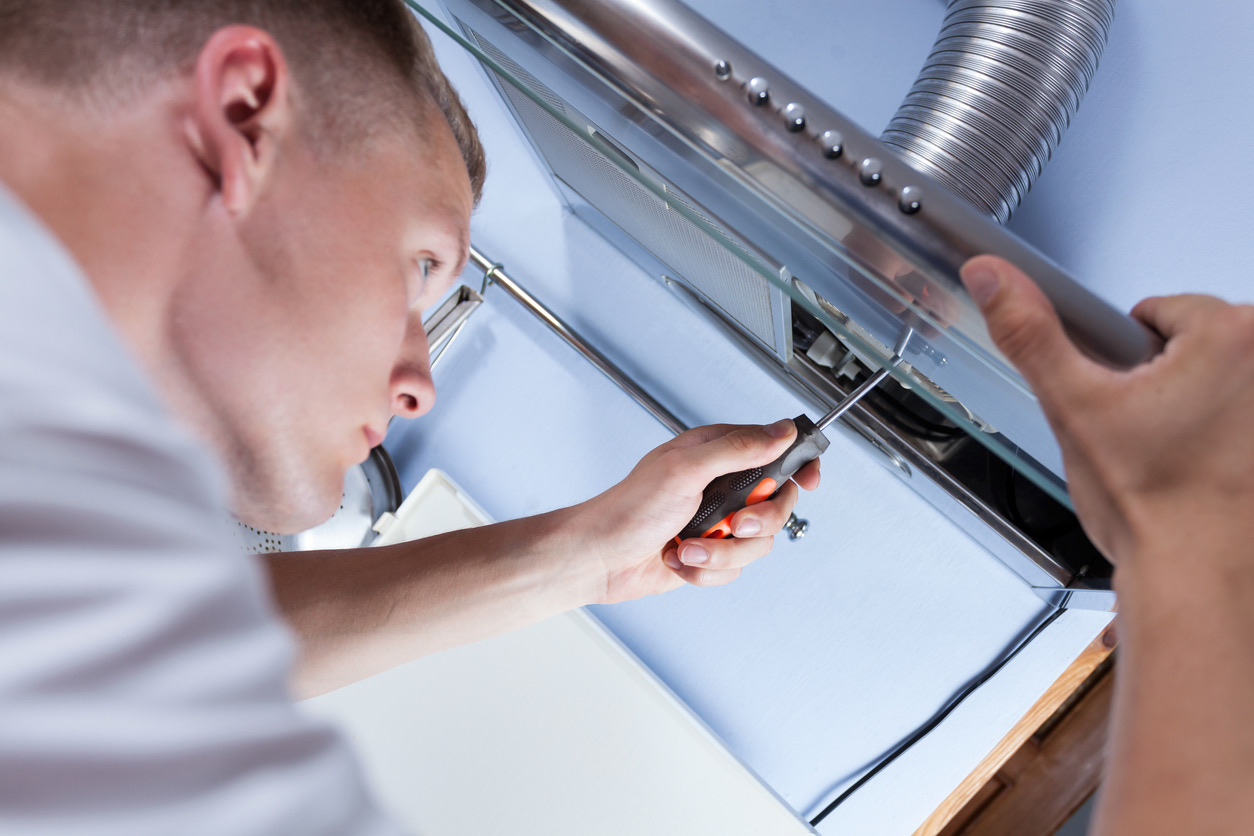
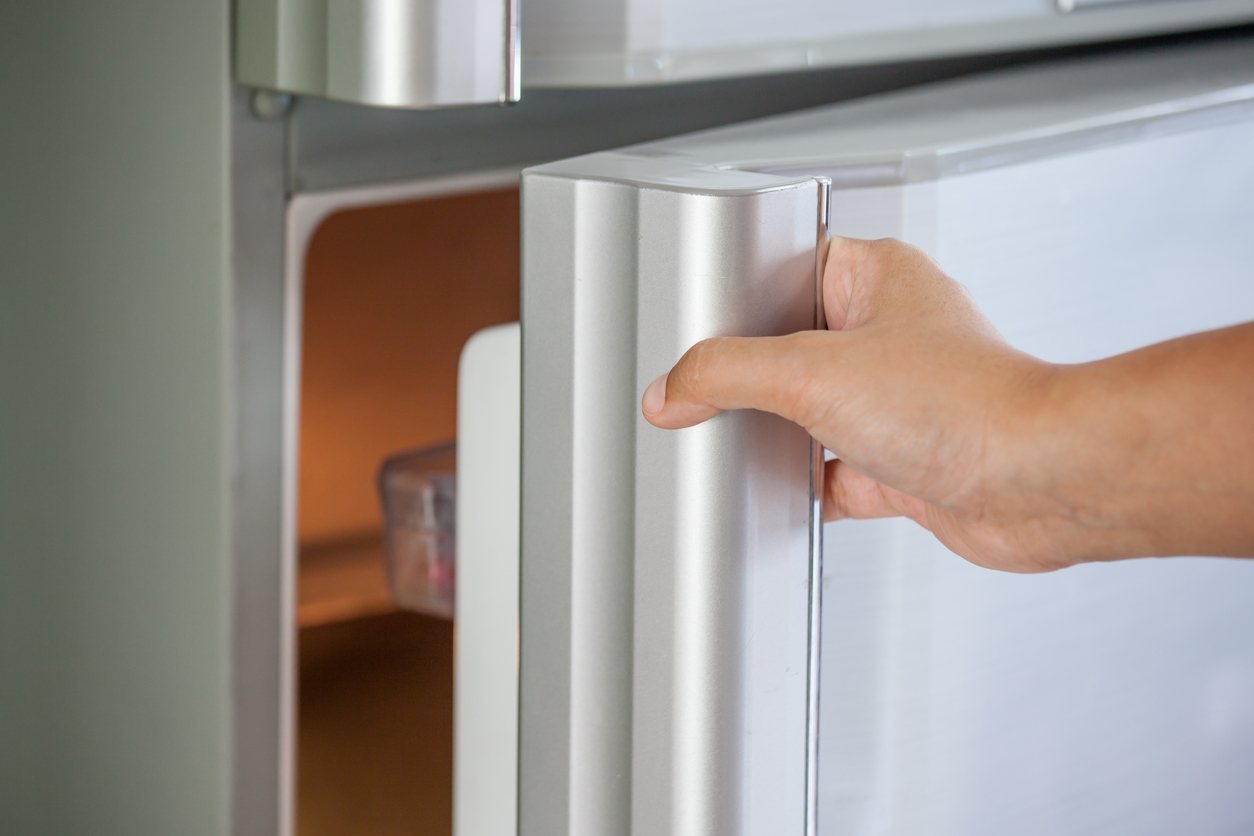
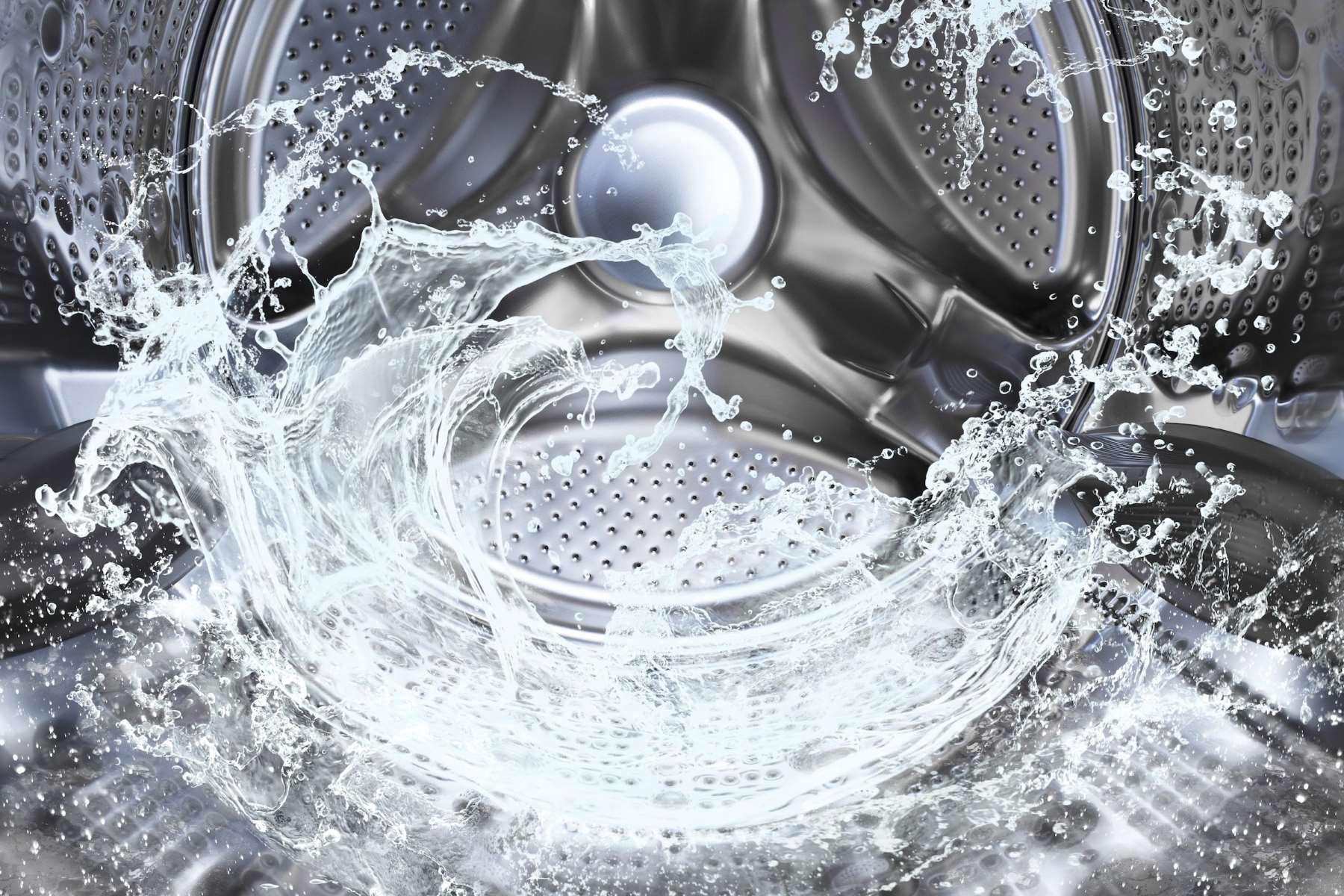
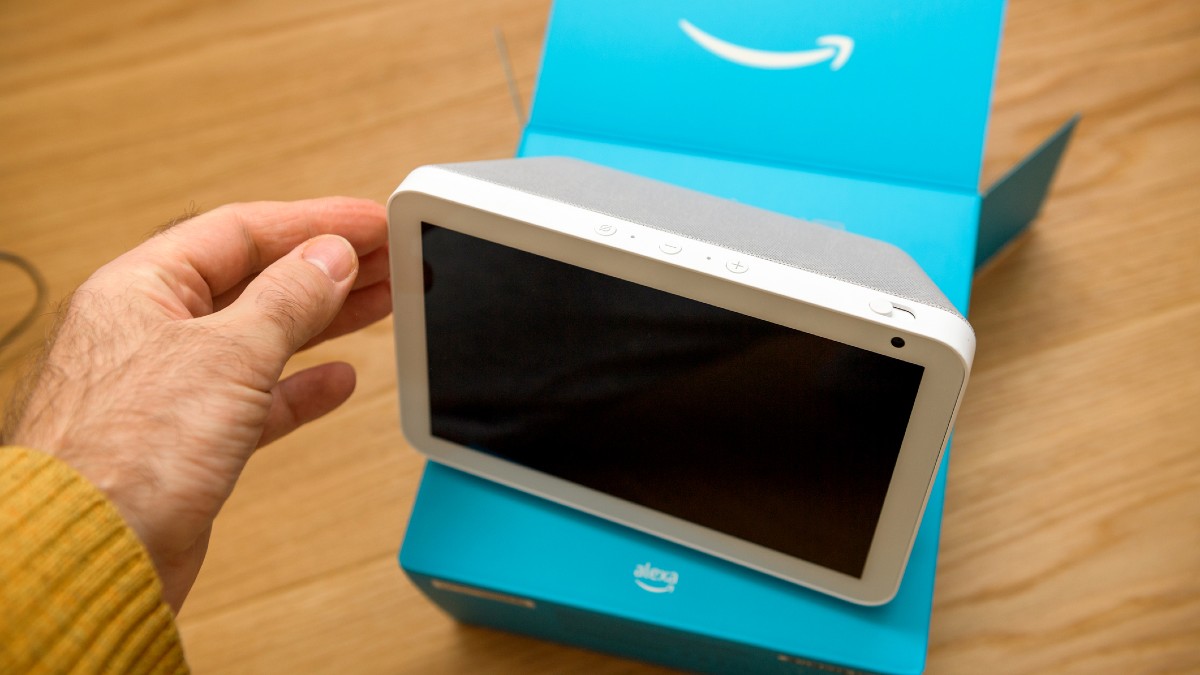

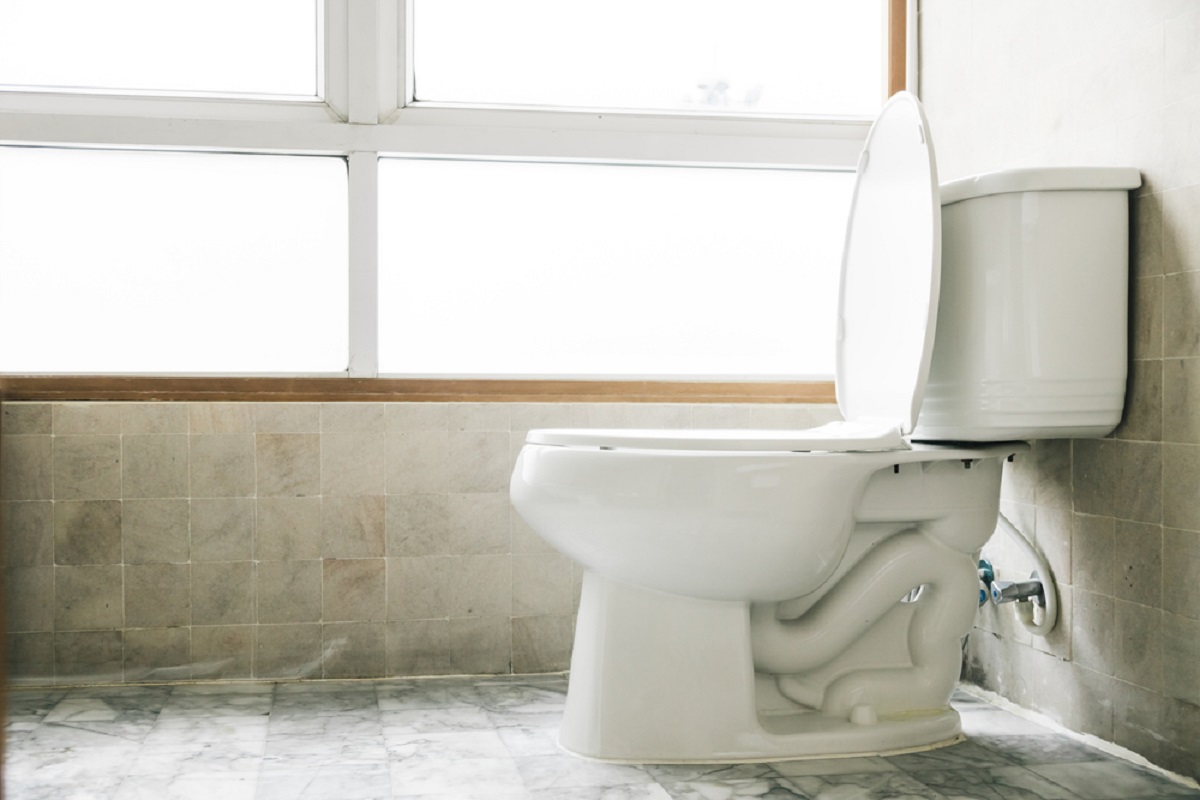


0 thoughts on “Dishwasher Making Noise When Water Circulates”